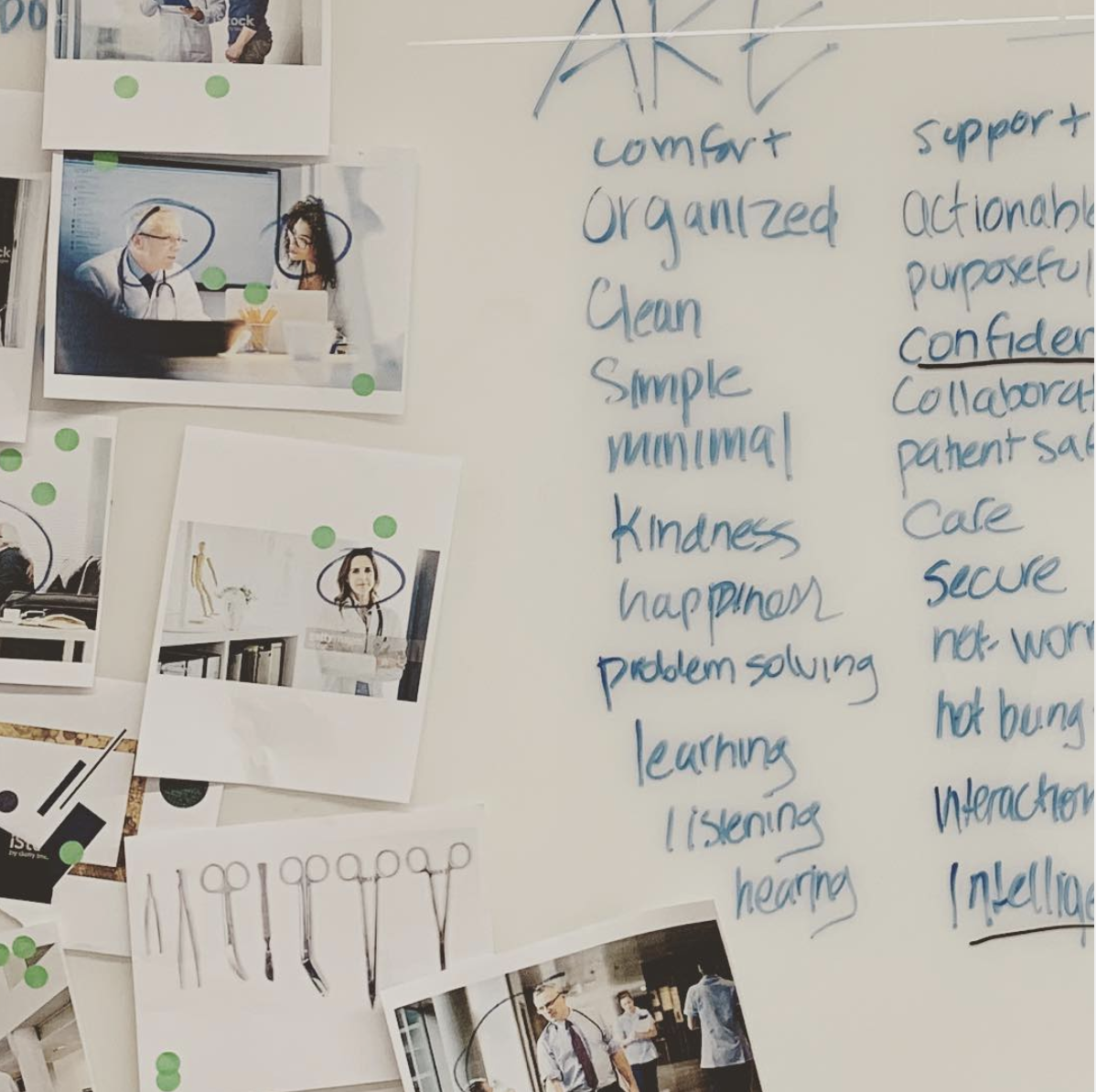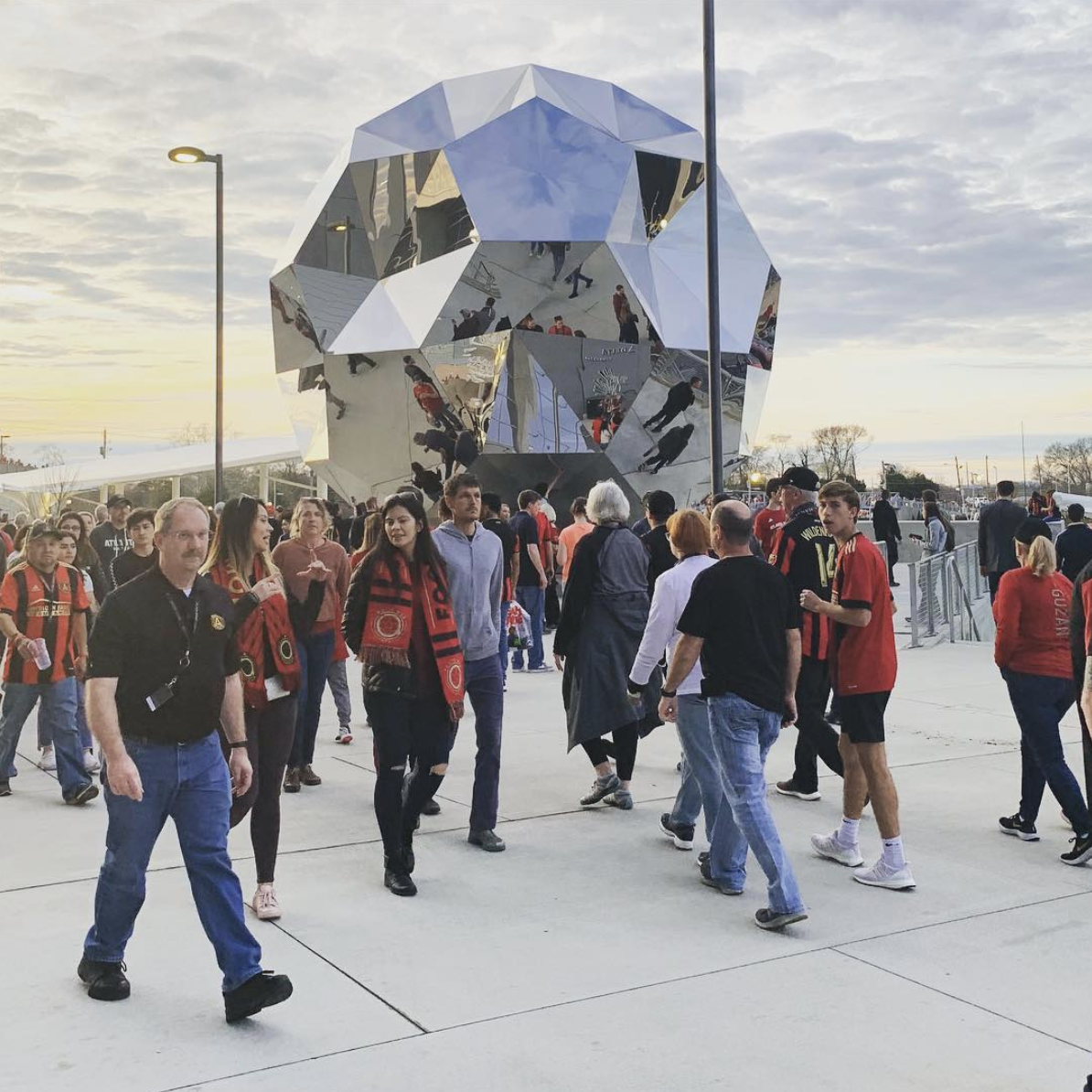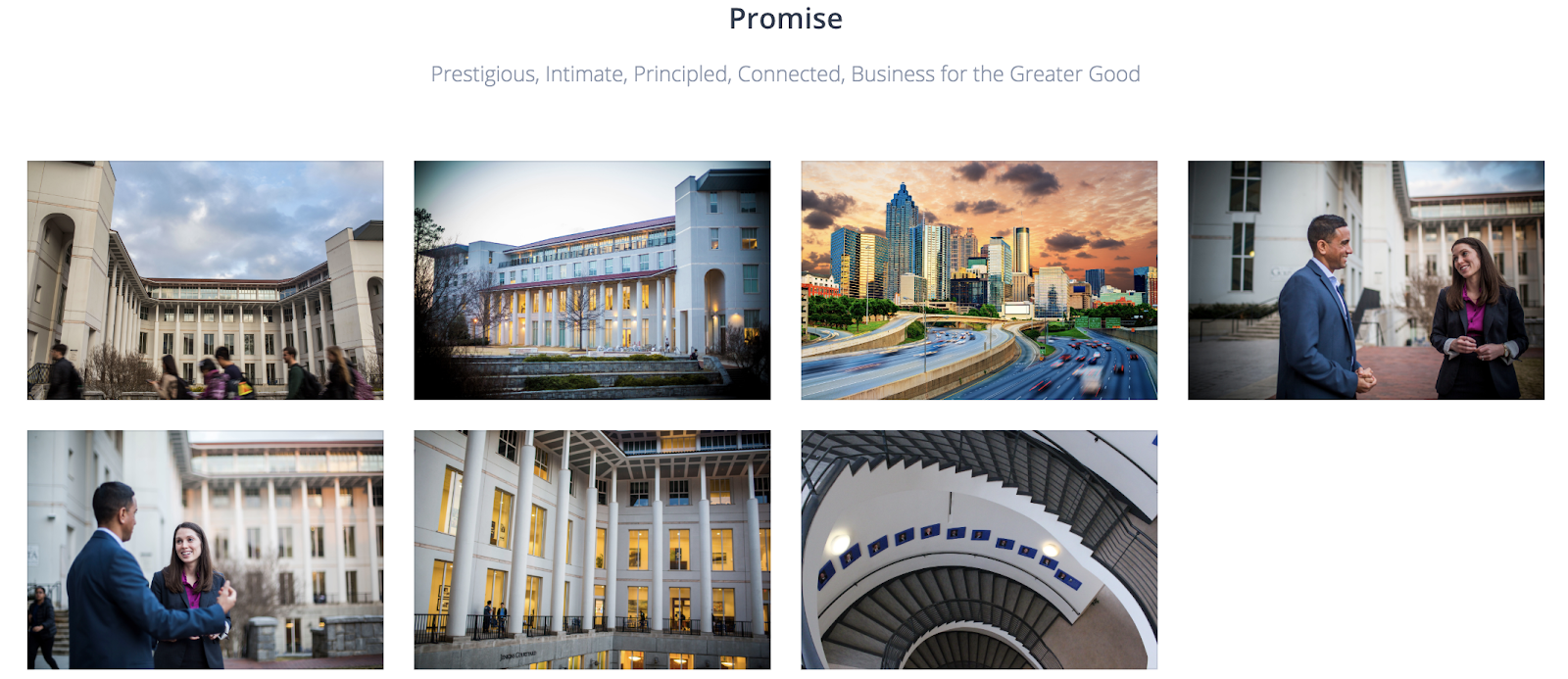
As a human advocate, I find inspiration in the world around me. Communities, people, music, language, literature, knowledge, sounds, and taste all connect with me on a deep level. My beliefs, experiences, and influences are all a part of my personal identity, a unique interpretation, and expression of being.

I captured a brand moment this spring in Atlanta: Fans sporting Atlanta United scarves and shirts. The loyalty and passion that these people express in their clothing is an example of an intimately connected brand
Brand Identity
In my last post about brand intimacy, I discussed how brands share and fuse their identities with humans. A brand’s identity is formed and functions in a very similar manner. An identity is built through a brand’s platform. The brand’s mission, purpose, and promise are all a part of its DNA. These beliefs and statements inform all creative assets and marketing communication.
Once the platform has been established, the next step in creating a visual identity is to bring these brand attributes and personality to life.
The purpose of the mood board is to collect creative information in order to set the visual tone for brand and identity system.
- Curiously Minded: Goizueta Business School
Consider all elements of the brand, look to the world for inspiration. This happens by experiencing the products and services a brand offers. For Emory Goizueta Business School, we spent time exploring the university and paid special attention to the features of the campus. We listened to student conversations in the café and immersed ourselves in the School’s communications, signage, and publications.

I captured this shot walking onto the campus of Emory’s Goizueta Business School. I was immediately impressed with the school’s presence.
We spent quality time with stakeholders at the business school, listening to them discuss their needs, goals, and passions. We asked questions about what worked in the current brand and what did not. We took note of the words they used to describe who they are and who they are not. We examined their literature and signage.
Elements we took note of include:
- Typography
- Imagery
- Illustrations
- Logos
- Icon style
- Architecture
We came back to the school with a moodboard that reflected the personality and tone that we identified in our discovery onsite.

We used shapes from the school’s beautiful architecture as a brand element to speak to the brand promises in the design system

We found shapes that reflected their brand personality as inspiration for the design system
Design inspiration
In addition to on-location visits, material review, and stakeholder interviews, we stay abreast of current design and industry trends by reviewing award-winning work in our industry. There are a number of sites that we visit to gather ideas and inspiration.

Examples of a moodboard exercise from brand workshop with one of our Atlanta-based clients
Co-Creation: Brand Workshops
There are a few different approaches to reviewing and collaborating on a moodboard. From a traditional pin or tape up board to a virtual collaborative board, we can examine the collected assets to determine which images reflect the tone and personality of the brand. We use green dots to indicate which images reflect brand characteristics and red dots to indicate which images do not. We circle faces that express emotions that mirror the brand personality.
At the end of the workshop, we gather the images and content to create a brand guide. These design choices influence our image selections and UI design. The brand guide is a way for designers to create elements that work together to create consistent brand assets that communicate brand value to the target audience. These deliverables are the elements that come together to form the brand identity system.
At Mediacurrent we believe in partnership and perform onsite and virtual brand workshops during the discovery phase of each of our projects. Feel free to reach out to discuss how we can explore your brand through a workshop with your marketing team.